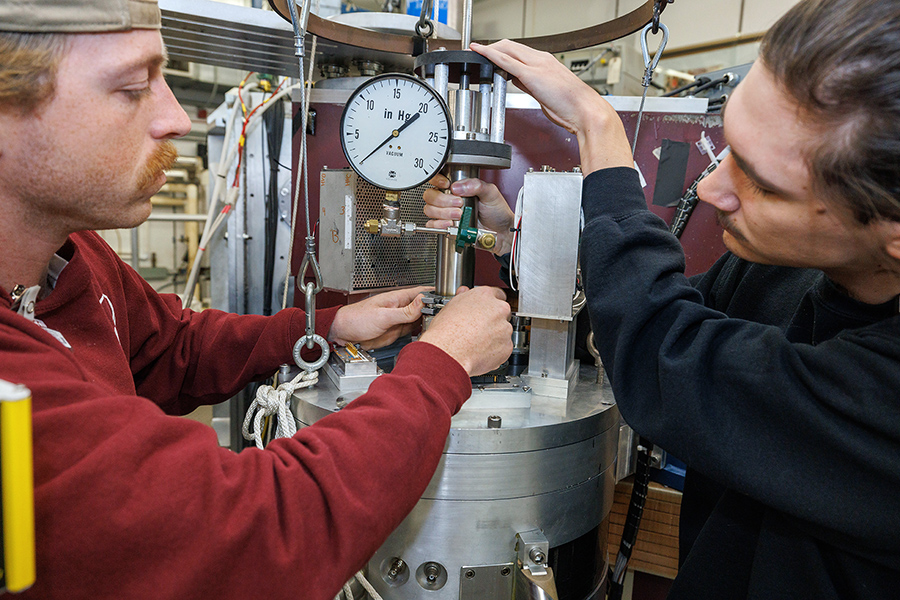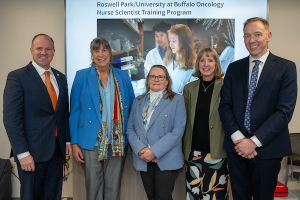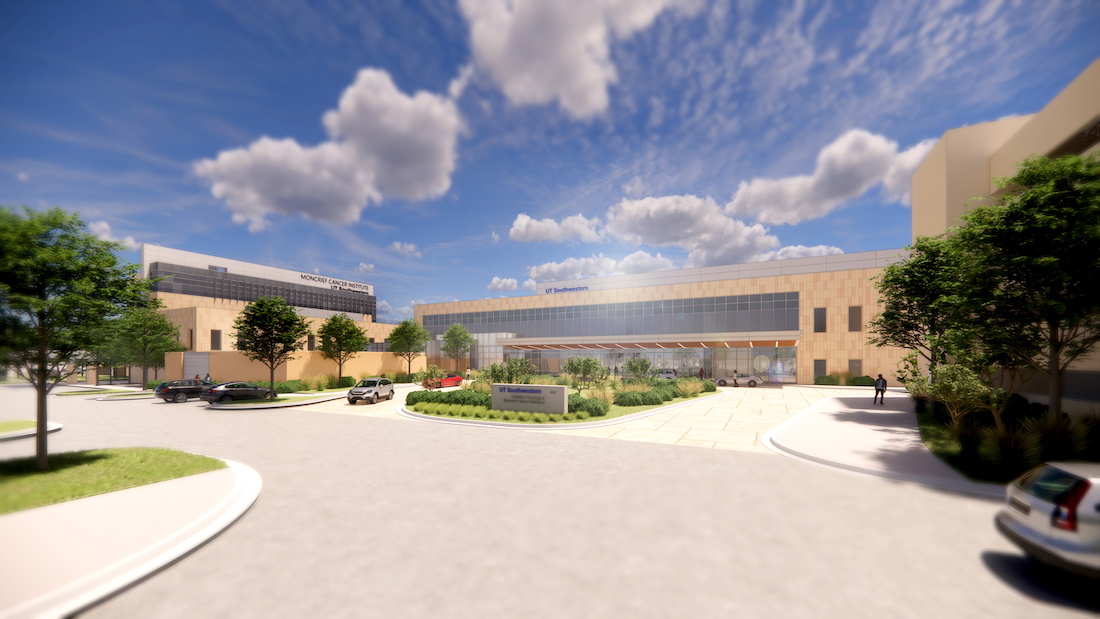“We would like to use this opportunity with Wits to showcase the work as without a great client and team, this would not have been achieved,” says Dr Heather Dodd from Savage + Dodd Architects who worked on this project in 2022.
Originally part of the Rand Easter Show showgrounds, the Flower Hall has been transformed from an uncomfortable exam venue into a functional test and examination centre, with new services provided to support the use of the building in an energy efficient way.
“Exam venues are not generally spaces of delight and happiness but they need to be made human, warm, comfortable. So, achieving a comfortable space is, I think the great achievement,” says Dodd.
The redevelopment includes energy-efficient systems, such as lighting, HVAC, and a chilled beam system, ensuring a modern, functional space while preserving its historical significance.
“The renovation of Flower Hall was necessary to double its seating capacity for tests and exams to over 1 000 seats,” explains Jason Huang, Planning and Development Manager at Wits. “By adding two new floors, we increased space and improved energy efficiency by reducing floor heights, which makes environmental control less energy-intensive.”
This building was designed to house the Wits Agricultural Society’s flower displays at the Rand Easter Show and was completed in 1969. The adaptive reuse project retained the building’s structural integrity while doubling its seating capacity through the addition of new floor plates and a mezzanine. In the long term, the objective for this building is to re-purpose it as a multi-laboratory building.
Dodd says the project was based on a simple concept but involved essentially building a new building within the envelope of the Flower Hall, with extremely complex services co-ordination.
“Wits wanted to ensure flexibility for a future transformation into a shared service engineering laboratory building, so cognisance needed to be taken of how this might be achieved in the future.”
In terms of the concept of adaptive reuse of the building, it is acknowledged that the life of buildings is extended by changing and adapting them to other contemporary uses. The significance of the building is maintained through minimising the impact of change on the physical fabric of the building through balancing heritage requirements and the requirements of a contemporary working environment.
“We believe that adaptive reuse is a critical foundation of green sustainable building due to the embodied carbon content of existing buildings. Wits has a great track record of repurposing buildings, for example the Science Stadium,” says Dodd.
This year’s WAF finalists represent 71 countries, with the top five shortlisted countries including China, Australia, United Kingdom, India and Singapore.



